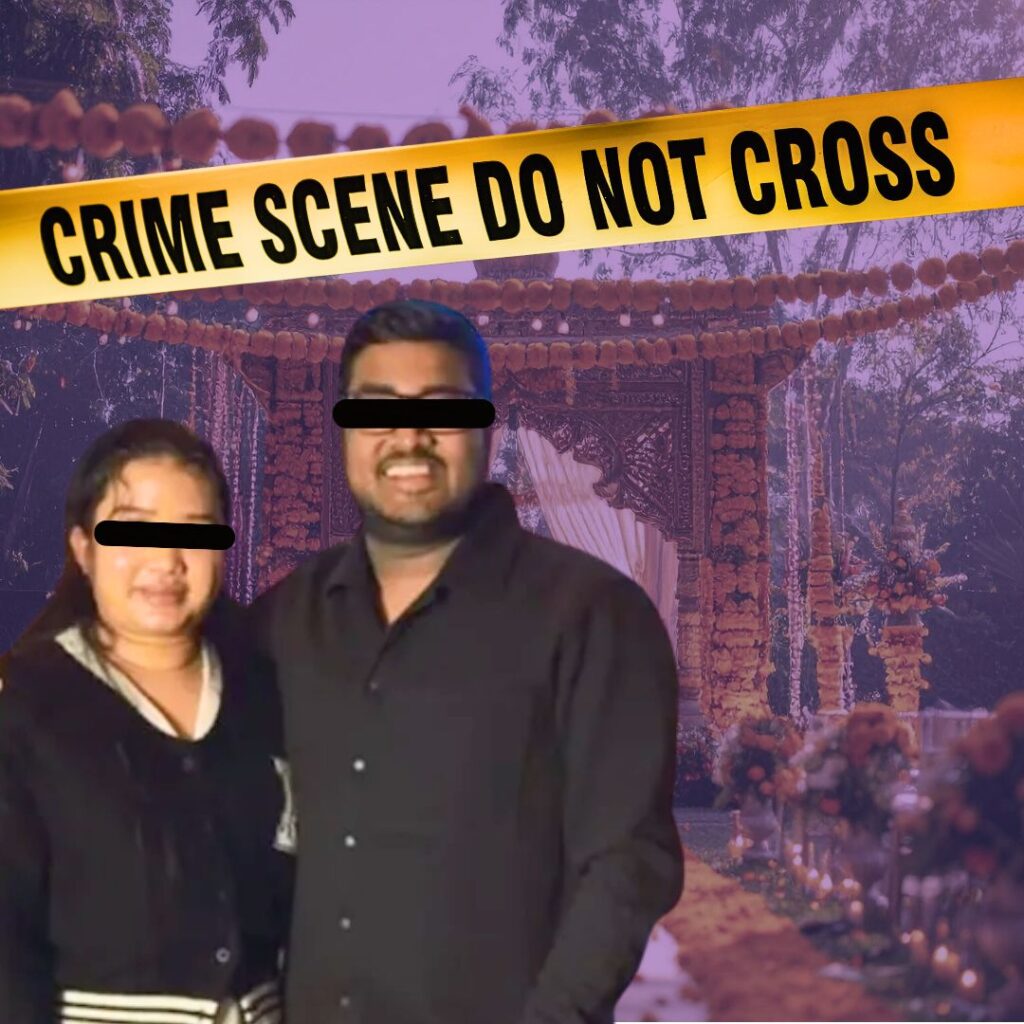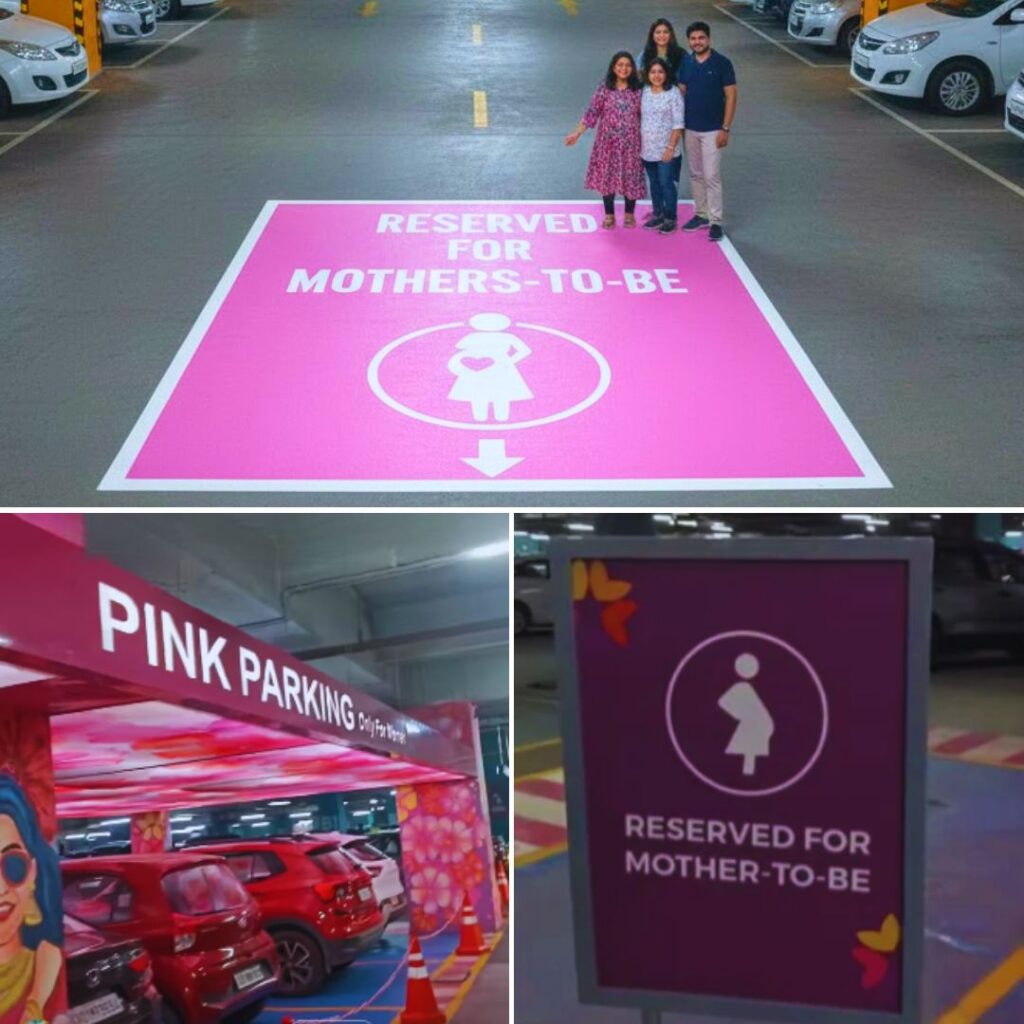Two videos of Bharatiya Janata Party (BJP) leader Manoj Tiwari – one in Haryanvi and the other in English, were circulated on WhatsApp groups on the 7th of February, just a day before Delhi was going to go through legislative assembly elections. In both videos, which are strikingly identical, he can be heard appealing to voters – asking them to vote the BJP into power by ‘pressing the lotus symbol.’ He also took several digs at the rival Aam Aadmi Party and urged people to not vote for them.
Watch how BJP used #deepfake in Delhi elections where a voice mimicking Manoj Tiwari is used, making it look like he is speaking.Vid 1: Deepfake in EnglishVid 2: Deepfake in HaryanviVid 3: Original VideoReport: https://t.co/8zcKwnSxbLThis is dangerous, should be illegal! pic.twitter.com/WEXb0zaXdl
â Gaurav Pandhi (@GauravPandhi) February 19, 2020
On February 18, VICE Media reported that the videos were doctored using an old video of Tiwari where he spoke about the Citizenship (Amendment) Act and found it to be the first instance where the technology – rampant in the porn industry – was used for an Indian election campaign.
While media reports, including an article by the MIT Technology Review, flooded different information mediums about how the scary yet bewitching form of technology has found its place in Indian politics, they constantly referred to it (AI-based video technology) as ‘deepfake’.
Sagar Vishnoi, an Artificial Intelligence strategist, whose company worked on the creation of the Delhi BJP leader’s morphed video has asserted that ‘deepfake’ is the wrong term to describe Manoj Tiwari’s video.
After VICE Media’s report, when the BJP IT cell was pulled up for questioning by different news agencies and houses, its spokesperson, Neelkant Bakshi, not only denied that the political party initiated the production of the altered videos but also claimed victimhood. A video report by MoJo Story quotes Bakshi saying, ‘BJP is the victim of this technology as someone used a Facebook video of Manoj Tiwari and sent us his video with changed content in Haryanvi dialect. It was shocking for us as it may have been used in bad taste especially the Aam Aadmi Party.’
Altered Video & Its Story
When asked to comment on the BJP’s links with the video and its creation, Vishnoi refused to comment hinting that he wasn’t allowed to. ‘After the media’s outburst, we cannot disclose how and when it happened (altered video production), how we were approached. We cannot talk about its link with our company,’ he said while speaking to The Logical Indian.
The first time deepfake technology was used in India was when a few journalists’ faces where morphed into pornographic videos, as per Vishnoi.
‘Around 96-97% of this technology is used in and for the porn industry,’ he said. ‘This is when we use and employ the term ‘deepfake’ but the same term cannot be extended to works of entertainment and clean advertising.’
It has only been around two years since such AI (artificial intelligence) based technology has penetrated various Indian markets. The authorised companies that work with this technology are a handful and can be in ‘single digits,’ says the AI strategist.
Elaborating on the machine-learning technique that is being referred to as ‘deepfake,’ he remarked that the word has a very negative connotation and is misleading. ‘You can say AI-based but not ‘deepfake’ because the latter is the use of the same technology for producing ill-natured content. Although the technicalities are the same, the intent is different and that makes all the difference.’
‘For example,’ he elucidated, ‘the entertainment industry all of the world uses this AI-based technology for dubbing movies, changing dialogues and languages. This is a sanctioned business and cannot be called ‘deepfake’. The Manoj Tiwari video cannot be dubbed as ‘deepfake’ because there was nothing problematic in the intent that went behind its creation.’
Dark Web For Deepfake
The production of such content is undertaken by artists found on the dark web. ‘Finding such artists is really hard but is needed by the clients who need foolproof content,’ Vishnoi informed. The final creative manufactured after such collaboration can ‘enchant a layperson’.
Adding on to his previous point, Vishnoi said, ‘Being able to acquire talent with the right skillset and values that have prevented him/her to get involved in malicious work, is a tough task.’
How much would a morphed video cost? Well, the price on such creatives varies. From being free of cost, worth a few dollars to millions, the technology is niche and the higher you go on the quality scale, the costlier it gets.
‘You may be able to create deepfakes on your phone through open-source software applications that give you downloadable videos of poor quality. These applications are very easily available and free. But to create a really believable and definite video, an artist from the dark web is needed,’ he informed.
Deepfake/AI Tech In Politics‘When the news about Manoj T…










